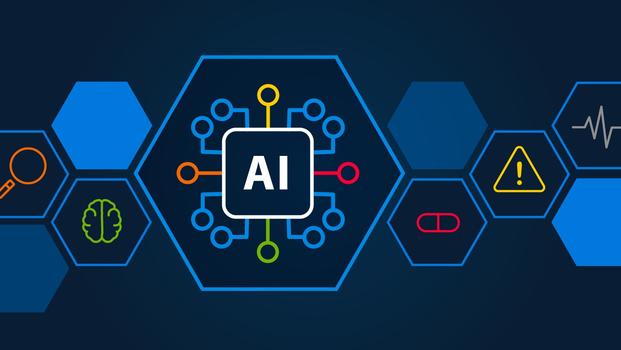For decades, veterans have waited months, sometimes years, for the Department of Veterans Affairs (VA) to process disability claims. The backlog has been infamous, with hundreds of thousands of veterans stuck in limbo over compensation and medical eligibility. Now the VA and its partner are turning to artificial intelligence to attack the problem head-on. What is emerging is one of the largest experiments in AI-driven government decision-making, one that will determine not only whether veterans receive benefits on time, but also whether algorithms can fairly handle some of the most sensitive judgments the state is asked to make.
Why Claims Matter
The VA’s claims process is sprawling. Each veteran may file multiple claims, often accompanied by years of service records, medical files, and supporting testimony. Human raters must sift through thousands of pages, classify conditions, and cross-reference them against benefit eligibility. With staffing shortfalls and rising demand, especially after recent legislation expanded eligibility for toxic exposure and burn-pit claims, the system is straining. The backlog has returned to over 300,000 pending claims in 2025. Every delay has consequences: veterans waiting for disability pay, survivors seeking dependency benefits, and families caught in bureaucratic limbo.
AI Enters The Picture
To manage this load, the VA has begun deploying machine learning tools to classify and triage claims. One flagship system is the Claims Classification and Processing System (CCPS), developed with the U.S. Digital Service and Presidential Innovation Fellows. When a veteran writes something like “my ears are ringing,” the model recognizes it as “hearing loss” and routes the claim appropriately.
That example highlights both the promise and the danger. The safeguard is that the classification is only a first step – it does not decide the claim. Human adjudicators and medical evidence still determine whether ringing is tinnitus, medication side effects, or some other condition altogether. The algorithm is designed to standardize intake and cut down clerical delays, not diagnose them.
The automation push is in the process of being formalized into law. The Modernizing All Veterans and Survivors Claims Processing Act (H.R. 3854) directs the VA to expand the use of systems that can automatically process claims, share information, and generate decision letters.

Building An AI Workforce
The VA has released a comprehensive AI adoption strategy pledging to use automation to reduce backlogs, improve accuracy, and speed up benefit delivery. It explicitly identifies claims processing as one of the areas for AI deployment. Results have been mixed. A 2023 watchdog report from the VA Office of Inspector General found that about 27% of records reviewed contained errors when automation was used to extract medical evidence for claims. In another case, VA automation miscalculated payments regarding certain types of death benefits, leading to underpaid survivors.
Risks And Guardrails
The risk is over-reliance. If adjudicators treat algorithmic outputs as final rather than advisory, errors could spread rapidly. Veterans already face uphill battles appealing denials; appealing an AI-assisted denial could be even harder if the decision logic is opaque.
To mitigate this, the VA maintains an AI Inventory cataloging all current uses of AI across the agency, including claims triage, document processing, and correspondence drafting. It has also established oversight committees to enforce compliance with the White House’s responsible AI guidance. These guardrails are meant to ensure transparency, fairness, and human oversight at every step.
Toward A Hybrid Model
The most likely path forward is a hybrid system in which AI handles intake, classification, and evidence gathering, while human raters retain authority over approvals and denials. Feedback loops, where adjudicators correct misclassifications and those corrections retrain the model, are already in place. Over time, these cycles may reduce error rates and make the system more adaptive.
Still, advocates caution that speed cannot come at the expense of fairness. Automation may process thousands of claims in minutes, but if it locks in historic biases or mishandles nuanced evidence, trust in the VA will erode further.
The Stakes
Every claim is a test of the government’s promise to those who served. If AI helps the VA reduce the backlog and deliver faster, fairer outcomes, it could be a breakthrough in restoring that promise. If it entrenches more error or bias, it could create a new kind of bureaucratic nightmare – one where veterans are left appealing not just human mistakes, but machine-made ones.
















